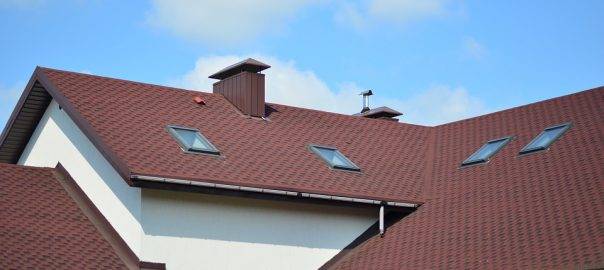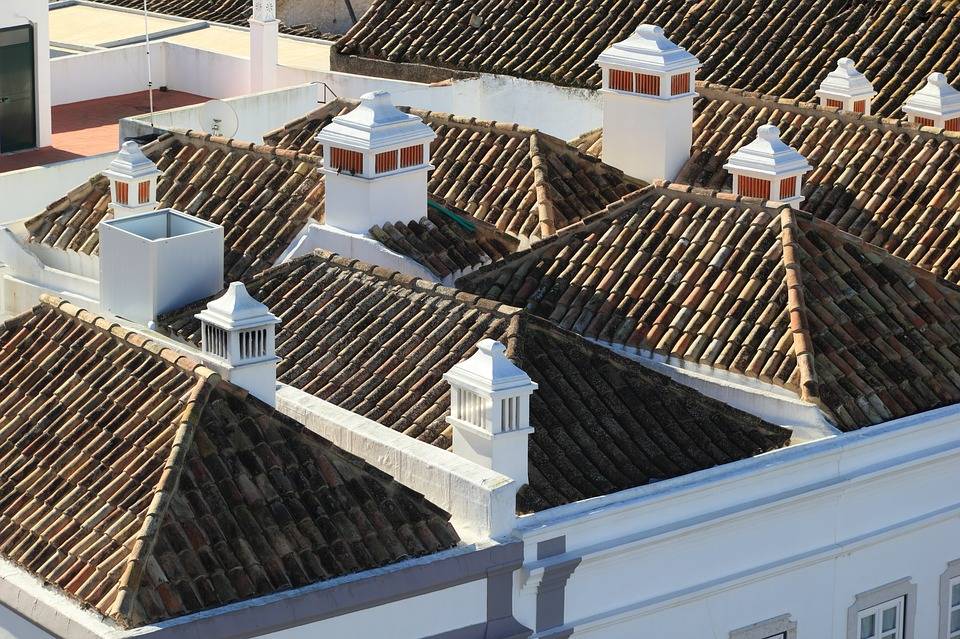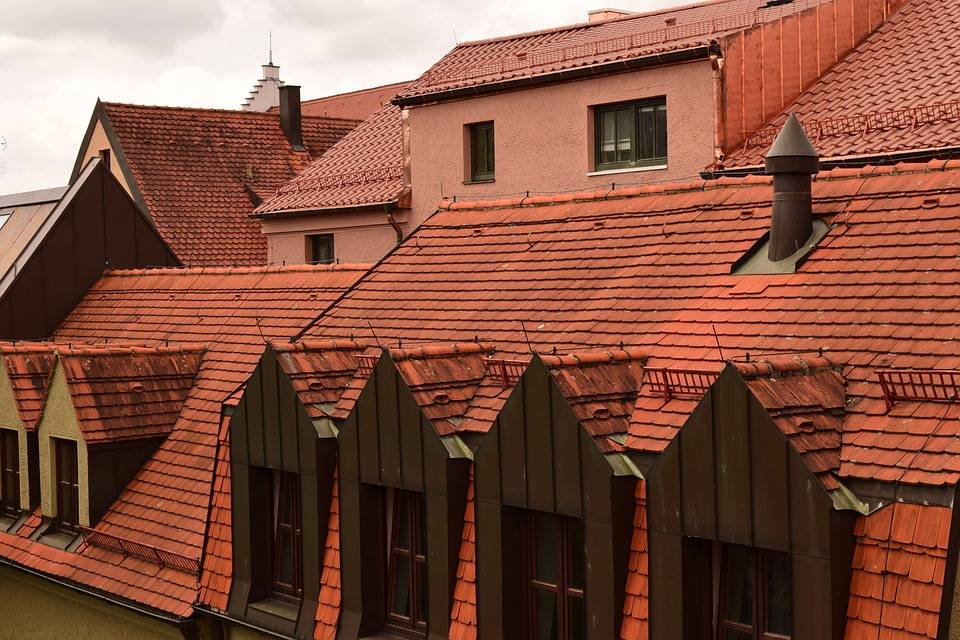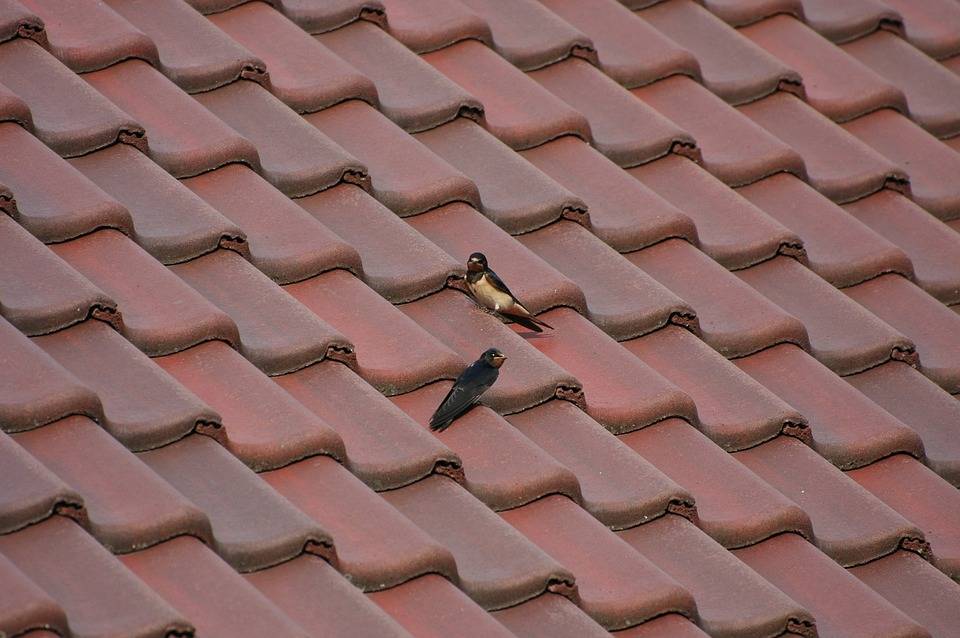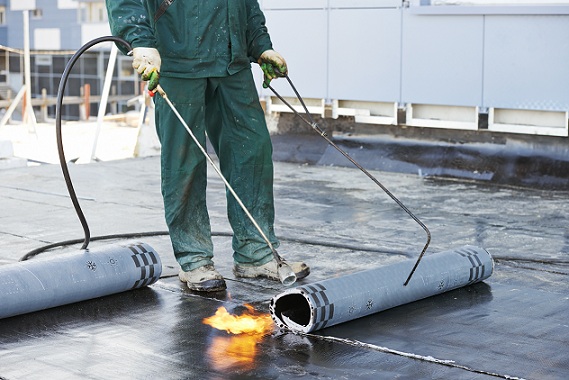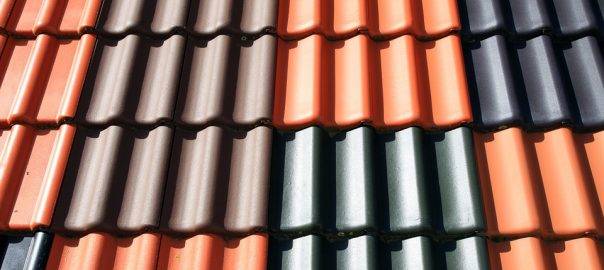Bituminous roofing material is more like a general concept meaning flat, membrane roofing, shingles, rolled roofing materials, etc.
Speaking about the chemical composition of modern bituminous roofing, it may include either air blown or modified bitumen. Until recently, air-blown bitumen was predominantly used. It may be explained by the relatively low cost and simplicity of production. Now the situation has changed completely: most roofing and waterproof materials are produced based on modified bitumen. This is now possible due to longer lifetime and good service properties of these materials.
Modification of bitumen is the process of controlled change its properties by introduction of polymer additives. Correct selection of the modifier allows to endow the roofing materials such properties as elasticity, improved heat and cold endurance, long lifetime and resistance to fatigue.
The most widely used modifying additives are:
- atactic polypropylene (APP) (sometimes as a mixture with isotactic polypropylene (IPP));
- styrene butadiene styrene (SBS).
Every modifier and material made with it it have both advantages and disadvantages. APP materials are resistant to ultraviolet rays, acids and alkalies. Compared with SBS-materials, they have higher heat endurance and good adhesion to glass and metal.
SBS-materials are elastic, frostproof and easily follow the shape of the surface they are laid on. Due to low heat endurance there are some difficulties with laying this material by melting.
Atactic polypropylene belongs to thermoplastic range of substances. It possesses high melting temperature and confers high heat endurance, good flexibility, as well as good resistance to ultraviolet rays to roofing materials. APP materials can be molded, but at the same time have low elasticity. Application of polyether bases helps to obtain higher cyclic load endurance. High size stability and good adhesion make APP materials excellent for restoration of old roofing. To modify bitumens with polymers, UVB-2 plants produced by GlobeCore can be used. They ensure high quality blending of modifier with bitumen. Keep in mind, that high quality material can be produced only if bitumen is compatible with atactic polypropylene.
SBS polymer is an artificial rubber of high elasticity. This substance ensures excellent flexibility of roofing materials at low temperatures. Heat durability of styrene butadiene styrene is lower than that of atactic polypropylene, but if high quality modifier is used, the temperature may reach up to 100ºС. Roofing made with SBS has good adhesion and high resistance to cyclic stress. Elasticity of these materials can reach 1500-2000%.
The UVB-2 can also be used to produce SBS modified bitumens. They allow working with SBS polymers in powder or granule form.


